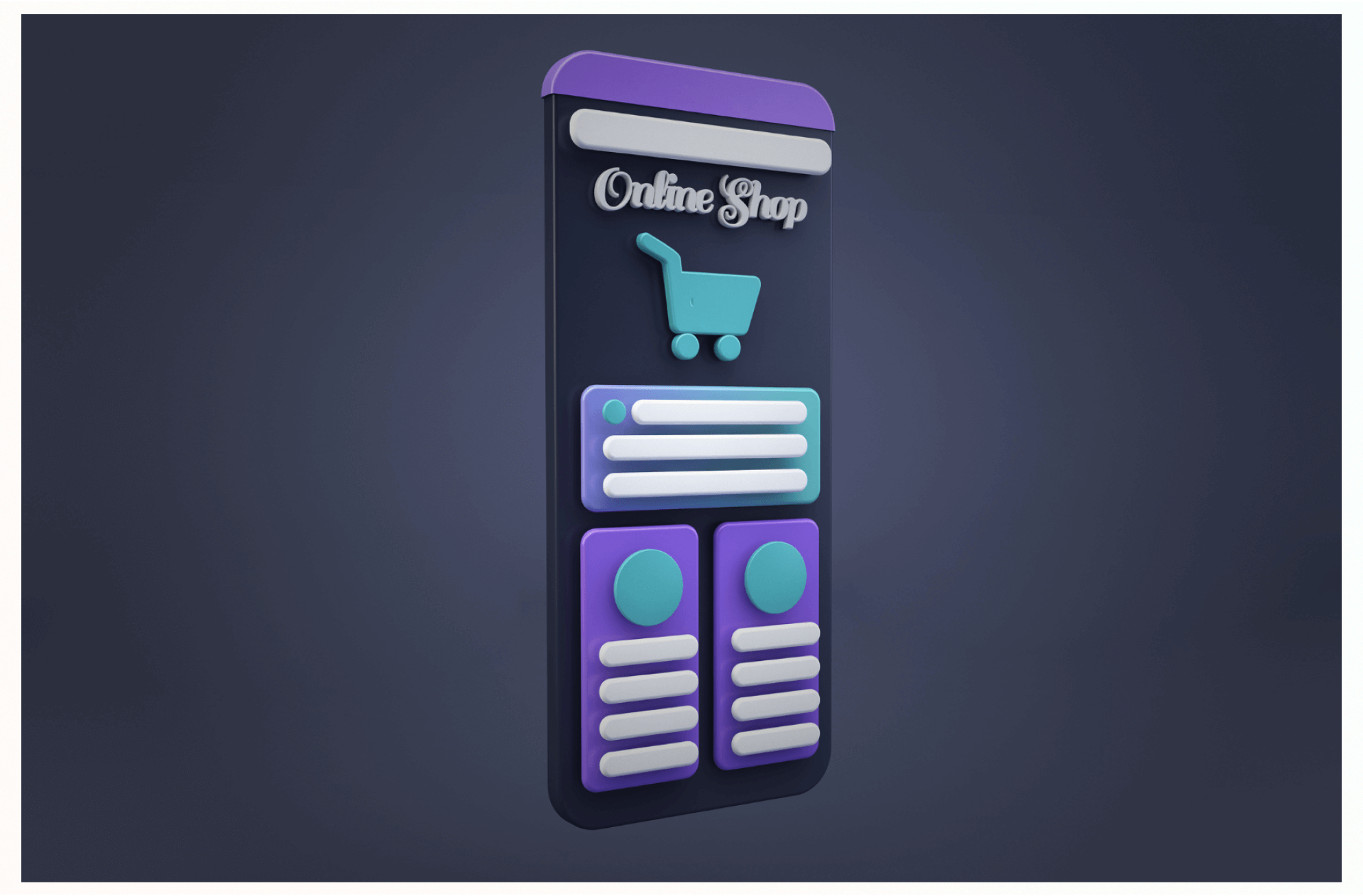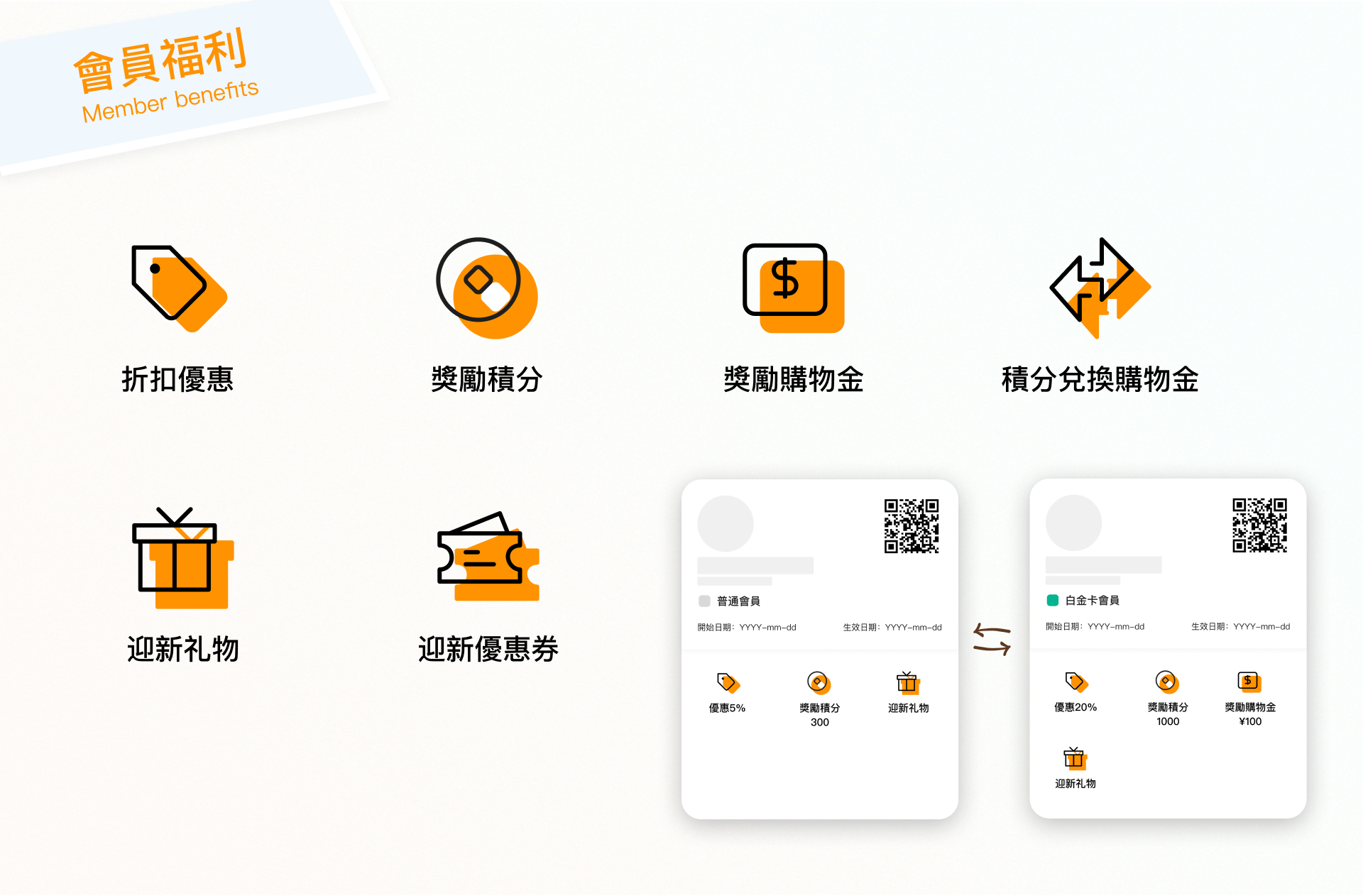
"Omnichannel smart retail" is a term that has been frequently mentioned in recent years. What exactly is omnichannel smart retail? Today's retailers face many challenges, such as limited manpower and low operational efficiency due to a single sales channel. In such an environment, how can an omnichannel smart retail strategy help businesses overcome these obstacles? This article aims to shed light on this topic by combining scientific data analysis and providing the following key strategies to help retailers identify business opportunities and enhance overall performance.
What is an Omnichannel Smart Retail Strategy?
An omnichannel retail strategy is a customer-centric approach that aims to provide a seamless and integrated cross-channel shopping experience. It breaks down barriers between online and offline retail channels, creating a unified and consistent brand experience for customers. It enables customers to view products online, make purchases through different channels, choose between home delivery or in-store pickup, and enjoy personalized services across multiple channels. By implementing an omnichannel retail strategy, businesses strive to enhance customer satisfaction, increase brand loyalty, and ultimately boost sales revenue.

How to implement the omni-channel strategies cost-effectively?

Step 1: Understand Your Customer Preferences and Create a Seamless Shopping Experience across Sales Touchpoints
Customer retention is a key factor in the success of any retail business. According to Deloitte's survey data, loyal customers have a repurchase rate that is up to 67% higher than new customers. Bain & Co data also shows that retaining just 5% of customers can increase a company's profits by 25%. Therefore, the first step is to gain a clear understanding of your customers. The initial step is to identify the platforms, media, and devices your customers use on a daily basis. This includes understanding where they like to shop, the platforms they frequently engage with, and their daily experiences. By analyzing data from sources such as Google Analytics, you can determine which channels drive traffic to your website and how customers discover your business. This research helps you focus on the channels that best suit your target audience.
Step 2: Ensure Meaningful and Deep Interactions with Your customers at Every Sales Touchpoint
This means providing a seamless experience across different channels, allowing customers to browse, explore, and make purchases effortlessly. For example, if a customer discovers a product on social media, they should be able to click a link and make a purchase without any barriers. By enabling shopping at every touchpoint, you eliminate obstacles and provide a convenient shopping experience.
Offering a customized branded app is also a direction that many brands are actively exploring. According to Airship data, 75% of consumers say they are more willing to shop at retailers with a branded app. By providing a personalized shopping experience through a branded app, you can cater to individual customer preferences. According to a report by Accenture, over 90% of consumers say they are more likely to buy from brands that offer personalized experiences. Furthermore, an app can integrate membership programs and loyalty point management, helping you gain a deeper understanding of consumer behavior and preferences, thus further optimizing your sales strategy.


Well-known brands like Starbucks, Sephora, Nike, and Amazon have all provided their own branded apps, successfully utilizing personalized experiences, convenient shopping, exclusive offers, and timely notifications to attract a large user base and increase customer engagement and repurchase rates. Through unique reward mechanisms, virtual try-on features, personalized fitness recommendations, and other personalized functions, these apps enhance user engagement, loyalty, and purchase intent. Therefore, a branded app provides customers with a closer connection to the brand, enhances their shopping experience and loyalty,and encourages them to make more frequent purchases and repeat business.
Step 4: Implement Effective Customer Management to Improve Customer Retention
After conducting channel analysis, it is important to focus on customer management. How should we approach this? Posify offers the 3R Winning Strategy for members, which can provide some guidance. The 3R strategies involve Recruiting members, Rewarding members, and Retaining members, creating a comprehensive membership system to attract visitors from multiple channels and increase repeat purchases.
The first step is to Recruit members by informing your customers about the benefits of becoming a member, giving them no reason not to register. The second step is Rewarding members by establishing a motivating system that rewards members based on their purchases. The third step is Retaining members by understanding and tracking their buying cycles, without resorting to aggressive sales tactics.Our retail management system provides comprehensive customer management features to help you better understand customer needs and enhance interaction with customers. With flexible bonus rebate features and member tier management, your members can bring in more customers, leading to doubled revenue.


About Posify
Digital technology is reshaping the global business landscape. Grasping this digitalization trend, Ubeing Mobility Limited connects SME with insights, ideas and inspirations to help them win big in this fast-changing and data-driven generation.
Implementing an omnichannel smart retail strategy is a gradual process that requires a thorough understanding and analysis of your business pain points. Posify specializes in retail technology and can tailor the most suitable solution for you, offering omnichannel smart retail solutions to assist you in achieving comprehensive digital transformation. Schedule a free consultation with us now and embark on a new chapter for your retail business.




